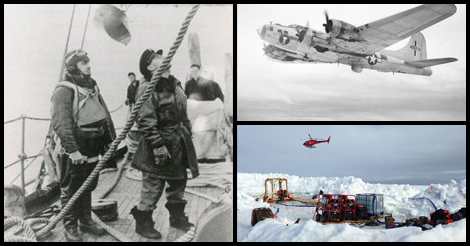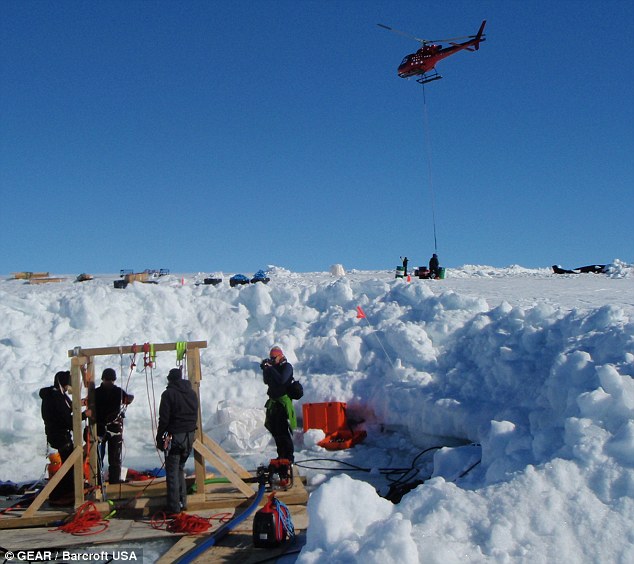
A MISSION TO LOCATE THE FROZEN BODIES OF THREE MEN WHO BECAME TRAPPED UNDER 40 FEET OF ICE ALMOST THREE QUARTERS OF A CENTURY AGO WILL GO AHEAD THIS SUMMER IN A LAST-DITCH ATTEMPT TO FIND THE MISSING AIRMEN
After extensive planning and long wait, a mission is now determined to start the excavation of US servicemen buried deep under a Greenland’s Glacier for 74 years. The rescue plane crashed in the Greenland region of Kulusk, killing three crewmen; Lieutenant John Pritchard, Corporal Loren Howarth and radioman Benjamin Bottoms. Lieutenant Pritchard was heading the team on board a Grumman Duck biplane, carrying out a number of rescue missions in the region saving injured soldiers form a downed B-17 bomber.
The mission is the brain child of Nick Bratton, who is an adventurous Mountaineer from Seattle, US. Nick was also the part of a couple of earlier expeditions that were formed in 2012 and 2013, which was not a triumph for the team in terms of bringing back the bodies of the lost airmen.
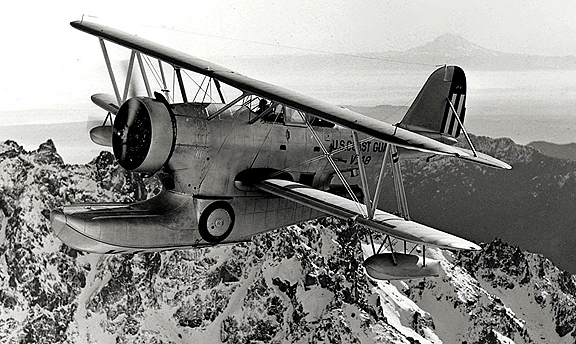
During the Second World War Germans had a very well thought out strategy to target cargo ships carrying military or civilian aid for the European allies. To avoid German U-boats, U.S Army Air Corps set out on an ambitious plan, dubbed Operation Bolero, to ferry the aid to Great Britain across Canada, Greenland and Iceland using B-17s. This was no easy endeavour, as the weather presented a very challenging predicament for the airmen. Lt. Pritchard’s crew was on a rescue mission of a downed B17, when they got engulfed by a snow storm, never to be found again. Their bodies are now believed to have been buried 40 feet under a Glacier in Greenland.
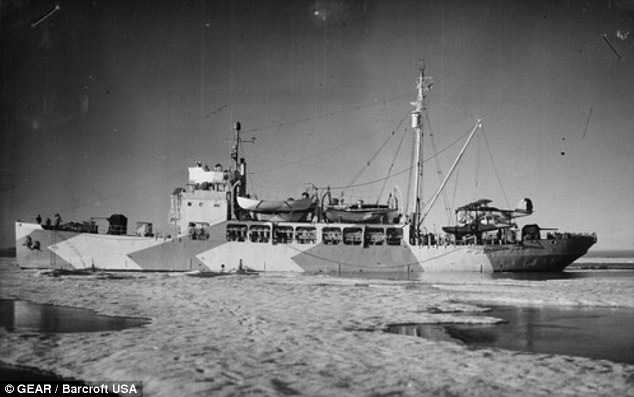
Recalling the days of her brother’s disappearance in November 1942, Lt. Pritchard’s sister Nancy, now 93, told that to this day she could vividly remember the moment she was told that her brother was missing. Living in Maryland, Nancy is praying for the success of the team, trying to bring back the bodies of US airmen to their relatives. She added that after hearing the devastating news of his brother in the war, she walked up and down the block hoping to hear from someone that his brother had been found; that news never came. She said that she trusts the team and hopes that all those involved in the mission stay safe and succeed to bring the remains of her brother back to US.
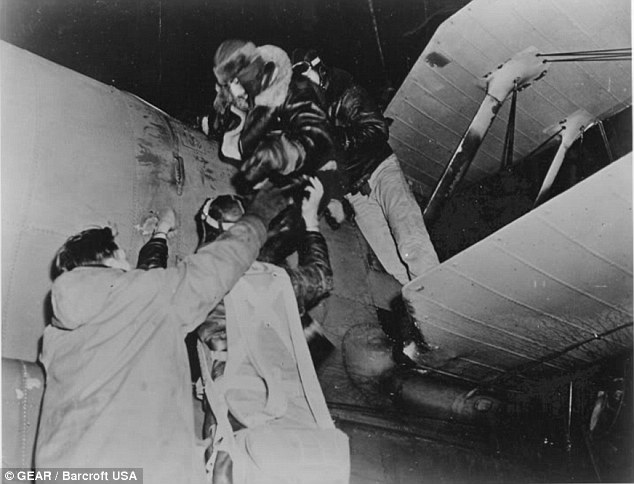
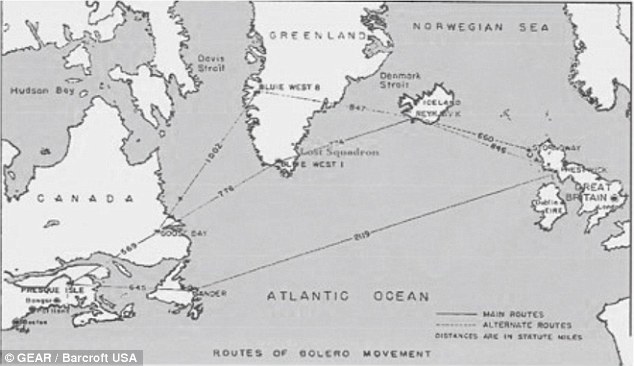
After facing the setbacks in 2012 and 2013, the small team of mountaineers and experts of Global Exploration and Recovery, is now planning to embark on the journey this summer. The team will have to hike 15 miles per day to carry out an extensive survey around the known location of crash, along with a number of other possible locations of the bodies. The geophysicist in the team is given the task to employ the most advanced ground scanning radar to locate the anomalies underground.
The team is then planning to drill and inspect the objects using high-tech cameras, to visually confirm that the parts belong to the lost plane in question. Once the team establishes the correct location of the wreckage, the Global Exploration and Recovery will then pass on the information to Defence Department. Nick Bratton is hopeful that if everything goes according to the plan, the bodies of the lost airmen will be with their families by the end of 2017.
